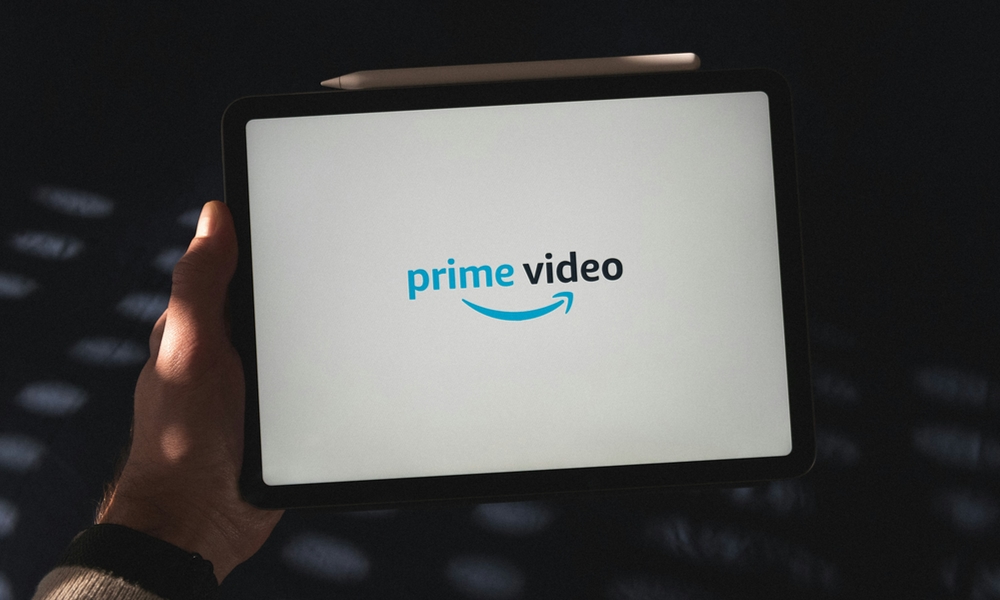Amazon Prime Video Gains Ads and Loses Dolby Vision & Atmos
 Thibault Penin
Thibault Penin
Toggle Dark Mode
Last month, Amazon added ads to its standard Prime Video plan. Now, it appears the company is not only giving its loyal subscribers the delightful benefit of watching advertising; it’s also taking away its highest-quality audio and video formats.
While ad-supported versions have become commonplace on other streaming services like Netflix and Disney Plus, those companies have typically introduced them as a new, lower-priced tier that leaves their standard paying subscribers with an ad-free experience. Those customers can opt for the new plans to save some money, but they can also safely ignore the ad-supported plan and carry on normally. Of course, price hikes still happen, but those are separate from the ad-free plan.
However, Amazon chose to do things a bit differently. Rather than leaving existing Prime Video customers alone, it announced in September that it would be bringing ads to all current Prime Video subscribers; those who wanted to avoid ads would have to opt out by “upgrading” to the ad-free plan for $3/month more.
As if that weren’t bad enough, it seems Amazon had another trick up its sleeve. Perhaps it wasn’t content with the lack of uptake on the $3 upgrades it was offering, but now it’s decided to take away support for Dolby Vision and Dolby Atmos from those subscribers to its ad-supported tier.
After several folks noticed the missing features, The Verge reached out to Amazon and received confirmation from a spokesperson that this was no accident but a deliberate move on the company’s part.
Dolby Vision and Dolby Atmos capabilities are only available on the ad free option, on relevant titles.
Amazon spokesperson
Those on the ad-free tier will still get HDR support and Dolby sound, but it will no longer be the best the streaming service has to offer. Instead, they’ll be limited to HDR10 and Dolby Digital 5.1.
As The Hollywood Reporter revealed yesterday, Amazon’s move has already sparked a class-action lawsuit that complains that “subscribers must now pay extra to get something they already paid for” and that Amazon has illegally benefited by advertising Prime Video as “commercial-free” and then suddenly turning the switch to add advertising.
It’s a fair point, and Amazon likely won’t be helping its case with this latest move of taking even more away from those customers on its existing plans.
Of course, none of this would have been so bad if Amazon had done the more sensible thing and followed Netflix and others in releasing a new ad-supported tier at a lower price. Had it played its cards right, it could have even gotten away with hiking the price of everyone’s standard Amazon Prime Video subscription and sliding the ad-supported tier in at the old, lower price — as long as it didn’t do both simultaneously.
However, changing the existing subscriptions certainly feels like a bait-and-switch maneuver, even if it may not meet the legal definition of one. Amazon might be better able to get away with that since Amazon Prime includes a host of other benefits, and many people don’t subscribe just for Prime Video. Some may not even be fully aware they have it as part of their Prime subscription.
That same bundling likely complicated things for Amazon. Price increases for a full Prime membership aren’t as simple as they are for Netflix or Disney Plus, and while Prime Video is available as a standalone plan, it’s unclear if there are enough customers who subscribe to that alone to make a significant difference in its revenue.






